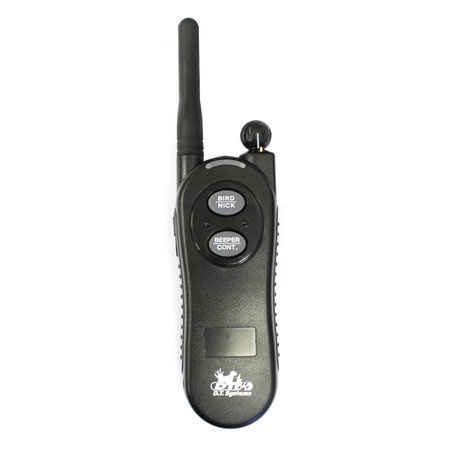

The first production models were delivered in August 1982.

Vought began low-rate initial production in early 1982. The Army selected the Vought system in May 1980. The Army evaluated the MLRS prototypes from December 1979 – February 1980. Both competitors delivered three MLRS prototypes to the Army. In November 1979, GSRS was accordingly redesignated the Multiple Launch Rocket System. In July 1979, the United States, West Germany, France and the United Kingdom signed a memorandum of understanding for joint development and production of GSRS. This was to allow European nations, who had been independently pursuing their own MLRS programs, to buy in to the program. Army Aviation and Missile Command made changes to the program so that the GSRS could be manufactured in Europe. In September 1977, Boeing Aerospace and Vought were awarded contracts to develop prototypes of the GSRS. In March 1976, the Army awarded contracts to Boeing, Emerson Electric, Martin Marietta, Northrop and Vought to explore the concept definition of the GSRS. Army Missile Command issued a request for proposal to industry to assist in determining the best technical approach for the GSRS. The MLRS was conceived as the General Support Rocket System (GSRS). It would be used to engage enemy air defenses and for counterbattery fire, freeing cannon units to provide close support for ground forces. This combined with the realization that such an experience would happen on a larger scale in the event of war in Europe. This mindset began to change following the 1973 Yom Kippur War, which saw high loss rates, especially from rear-area weapons like surface-to-air missiles (SAMs), as well as the effective Israeli tactic of hitting such sites with MRLs. artillerists favored cannon artillery for its relative accuracy and ammunition conservation over "area fire" rockets, and as a result were left with only a small amount of World War II vintage rocket artillery. Soviet tactics of bombardment by large numbers of truck-mounted multiple rocket launchers (MRLs), such as the BM-21, would saturate a target area with thousands of rockets, ensuring some would hit specific targets while delivering a psychological impact.

and NATO forces in terms of rocket artillery. In the early 1970s, the Soviet Union had a clear advantage over U.S. The MLRS has been upgraded to fire guided missiles, and has been used by Ukraine in the 2022 Russian invasion of Ukraine. The MLRS first saw service with the United States in the 1991 Gulf War. The MLRS were subsequently adopted by several NATO countries and other countries. Army variant of the MLRS vehicle is based on the chassis of the Bradley Fighting Vehicle. The M270 Multiple Launch Rocket System ( M270 MLRS) is an American-developed armored, self-propelled, multiple rocket launcher.


 0 kommentar(er)
0 kommentar(er)
